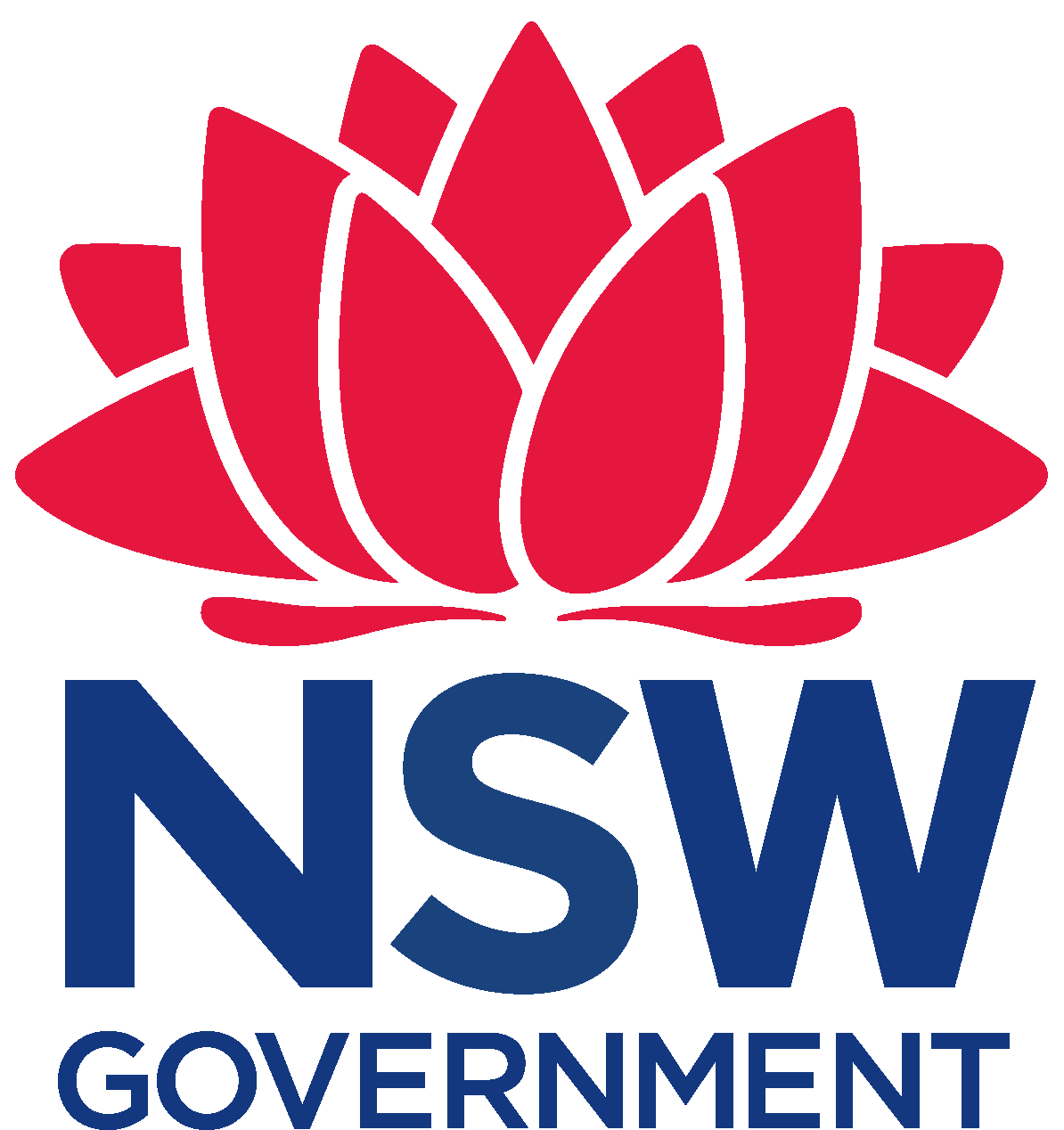The below article is written by CEO of RFCS NSW, Craig Hough.
On the 18 June 2024 the NSW Treasurer the Hon. Daniel Mookhey MLC released the NSW Budget 2024-25.
The Budget is based on a relatively stable economic outlook. Gross state product (GSP) is forecast to hover around 2% over the forward estimates. This is a slight increase of 0.5% from 2023-24. Similarly, the unemployment rate is forecast to stay between 4 and 4.5 per cent over the forward estimates. Inflation, which has been the central problem for the Australian economy, has declined from a peak of 7.6 per cent (Sydney CPI) in the December quarter 2022 to 3.7 per cent in March quarter 2024. Weak growth in demand is expected to continue to move inflation downward to the Reserve Bank’s 2-3% target range in mid-2025. It is when this occurs the Reserve Bank is likely to start lowering interest rates.
Against this backdrop the NSW Budget prioritises cost-of-living relief (around $8.7 billion in 2024-25), infrastructure ($119.4 billion over four years) and bolstering essential services like healthcare. These respond to substantive issues across the economy – high cost of living, asset maintenance and upgrade requirements, housing shortage, school performance and emergency response times. Over the longer term there is an acknowledgement that improving productivity is critical to future economic growth. Specific Budget measures likely to have a direct impact on RFCS NSW clients are:
- $351.4 million from the Australian Government for the Sustainable Diversion Limit Adjustment Mechanism acceleration program over the years to 2026-27, to achieve similar or improved environmental outcomes for rivers, wetlands and wildlife using less water as part of the Murray-Darling Basin Plan.
- $212.2 million for Wagga Wagga to be a sustainable hub of high-value agricultural and food manufacturing, supporting industries and businesses to connect to the world.
- $189.5 million for Fire and Rescue NSW to permanently maintain 286 ongoing firefighter positions, approximately 70 of which are based in regional areas.
- $100 million increase to the energy social program in 2024-25 to support up to 1 million NSW households with energy bill relief. This increases total program expenditure to $435.4 million in 2024-25 and is in addition to the Australian Government’s $300 energy bill relief payment.
- $89.8 million over four years in water rebates to eligible pensioners and others experiencing financial hardship, to maintain access to water and waste-water services in the Hunter Valley and Far West NSW.
- $55.3 million for the eradication of red imported fire ants
- $45 million to support farmers and agribusinesses in the adoption of digital technology and on-farm connectivity solutions, to improve resource management, boost productivity and enhance water security.
- $39 million to establish a new Mental Health Single Front Door
- $36.2 million to increase the resilience and capacity of beekeepers, horticulture and other industries in managing Varroa mite incursions
- $25 million to support specialist scientific skills to boost the State’s frontline surveillance and preventative capabilities to defend against biosecurity risks
- $21 million to establish a modern, fit for purpose animal welfare framework
- $13.1 million for the continuation of the Feral Pig and Other Pest Management Control program
- $10.4 million for the Weeds Action Program to reduce the impact of weeds through the implementation of the NSW Invasive Species Plan and the NSW Biosecurity Strategy
- $6.2 million to target White Spot disease, supporting prawn fishers, farmers and businesses
- $5.8 million to continue implementing the Good Neighbour Program to tackle weed and pest infestations between neighbouring public and private lands
- $5 million to provide low-interest loans to eligible small and medium businesses to encourage economic growth and employment in regional NSW
The Budget records a deficit of $3.6 billion in 2024-25. This is a decrease of $4.1 billion from the $0.5 billion surplus projected in the 2023-24 Half-Yearly Review. While taxation revenue has been revised up by $9.6 billion over the forward estimates since the 2023-24 Half-Yearly Review (due to a strong NSW property market providing more transfer duty and land tax) changes to GST distribution, weaker payroll tax, higher depreciation and interest costs and new expenditure announcements are driving the change. Budget deficits are forecast to continue on a downward trend over the forward estimates to a $1.5 billion deficit in 2027-28. These deficits are forecast to add to the state’s record public debt. In 2024-25 gross debt is forecast to be $166 billion or 19.3 per cent of GSP. This is forecast to increase each year over the forward estimates to $199 billion or 20.3 per cent of GSP in 2027-28.



